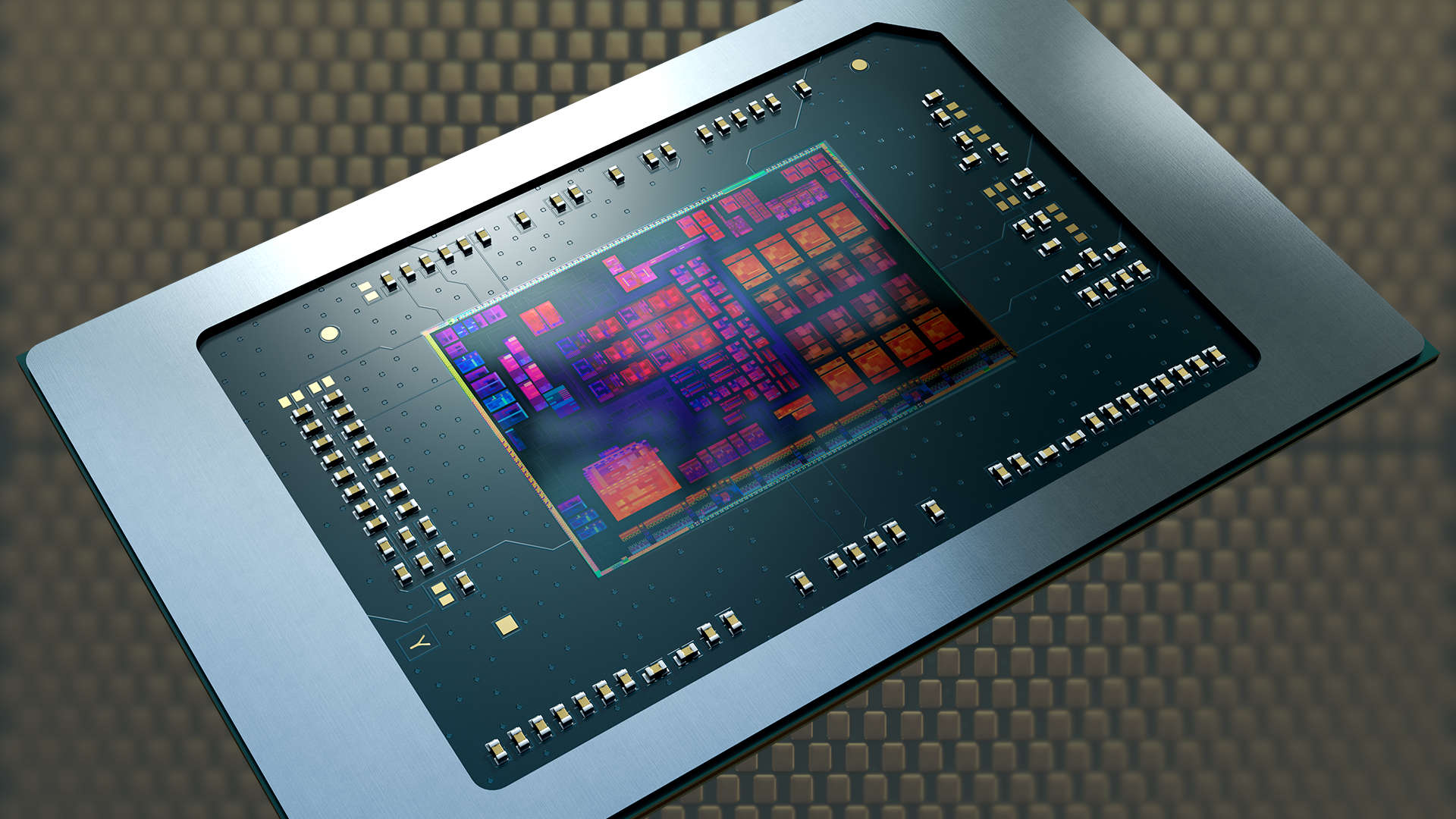Asus and ASRock BIOS files provide yet more evidence AMD's cheap Phoenix laptop APU will rise on desktop
Still no idea about when we'll actually see a Ryzen 7000G for sale, though.

Motherboard BIOS updates are rarely newsworthy but the latest ones from Asus and ASRock, for some of their AM5 X670 models, contain an Agesa update that provides more evidence AMD is definitely going to release a Ryzen 7000G desktop APU, using its laptop Phoenix architecture.
Just don't ask when.
As reported by Hardwareluxx, the fresh BIOS files contain the 1.1.0.0 version of AMD's Agesa software. This is essentially a checklist for PCs to follow when they first boot up, to ensure that the CPU, RAM, and motherboard chipset all correctly initialise. Any new processors have to be included in the lists, otherwise, the BIOS won't function properly.
In this latest revision, there are clear entries for Phoenix 7xxx APUs. At present, desktop PCs sporting Ryzen 7000-series CPUs are host to Raphael processors, which use one or two 5nm chiplets for the Zen 4 cores and a single 6nm IO chip, that also houses two RDNA 2 compute units for very basic graphics output.
On the other hand, laptops that have a Ryzen 7040-series CPU are home to AMD's Phoenix architecture. This is a monolithic design (i.e. no chiplets) that uses the same Zen 4 cores as in Raphael but with less L3 cache. However, the integrated GPU is much better, with models offering up to 12 of the latest RDNA 3 compute units for a spot of gaming.
In previous Ryzen series, AMD has nearly always made a desktop version of the monolithic chips, calling them APUs (accelerated processing units). Think of these as a cheap CPU+GPU all-in-one chip, helping to give PC gamers on a tight budget a way to play games without resorting to spending a fortune on a graphics card. For example, the Ryzen 7 5700G was an excellent APU, with much better gaming performance than any Intel integrated GPU.
A desktop version of the Ryzen 7 7840U, as used in the Framework 13 laptop, and the best gaming handhelds, would be an ideal entry into cheap 1080p gaming, and with eight cores, 16 threads and 12 compute units (768 shaders), it would be a good platform to expand upon. Whether we actually get anything like that is another matter entirely.
The biggest gaming news, reviews and hardware deals
Keep up to date with the most important stories and the best deals, as picked by the PC Gamer team.
Motherboard vendors are clearly getting ready for some new AM5 desktop APUs. All we need now is for AMD to actually pipe up and let us know exactly what's going on.
Best CPU for gaming: Top chips from Intel and AMD.
Best gaming motherboard: The right boards.
Best graphics card: Your perfect pixel-pusher awaits.
Best SSD for gaming: Get into the game first.

Nick, gaming, and computers all first met in 1981, with the love affair starting on a Sinclair ZX81 in kit form and a book on ZX Basic. He ended up becoming a physics and IT teacher, but by the late 1990s decided it was time to cut his teeth writing for a long defunct UK tech site. He went on to do the same at Madonion, helping to write the help files for 3DMark and PCMark. After a short stint working at Beyond3D.com, Nick joined Futuremark (MadOnion rebranded) full-time, as editor-in-chief for its gaming and hardware section, YouGamers. After the site shutdown, he became an engineering and computing lecturer for many years, but missed the writing bug. Cue four years at TechSpot.com and over 100 long articles on anything and everything. He freely admits to being far too obsessed with GPUs and open world grindy RPGs, but who isn't these days?


